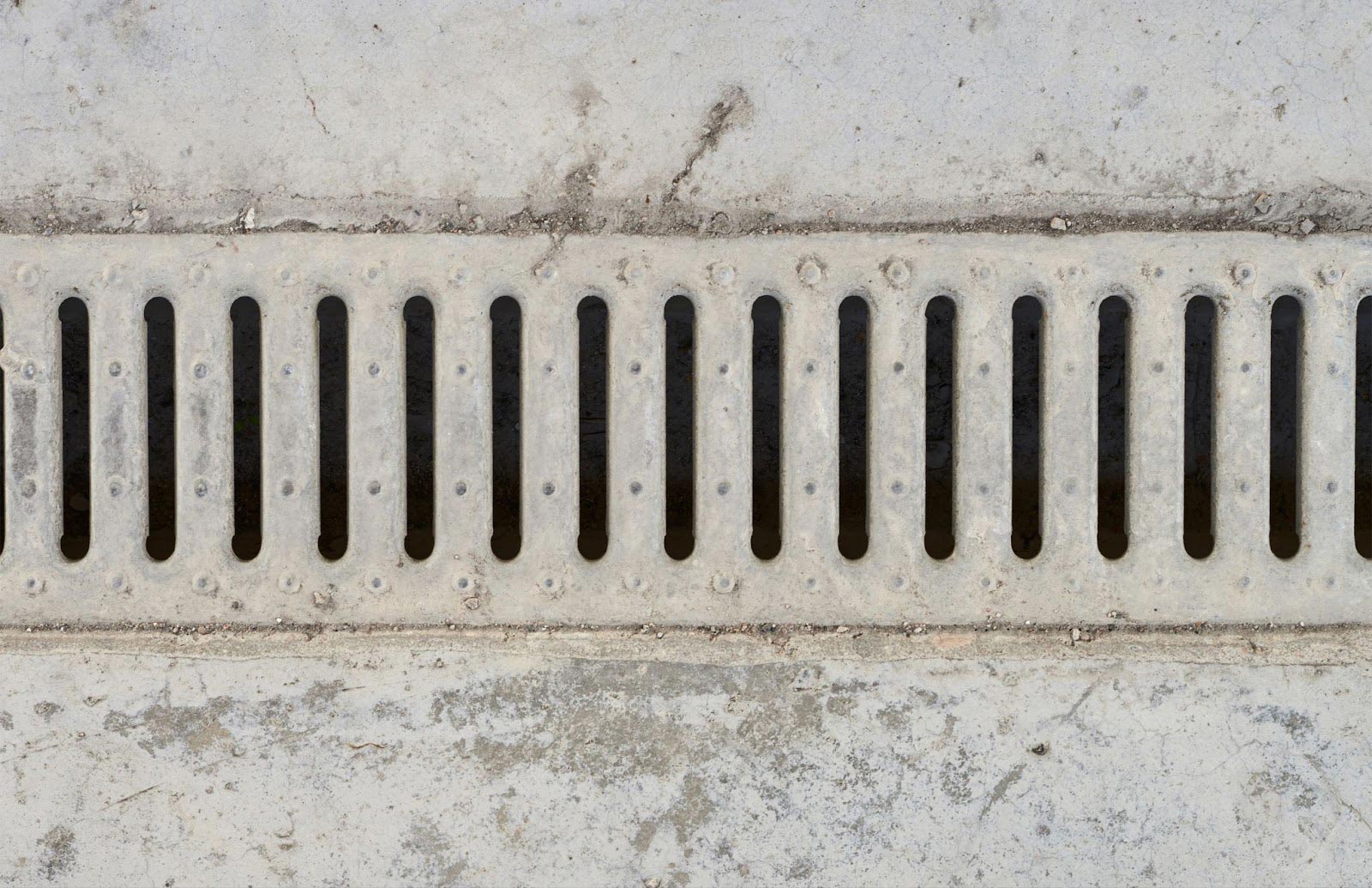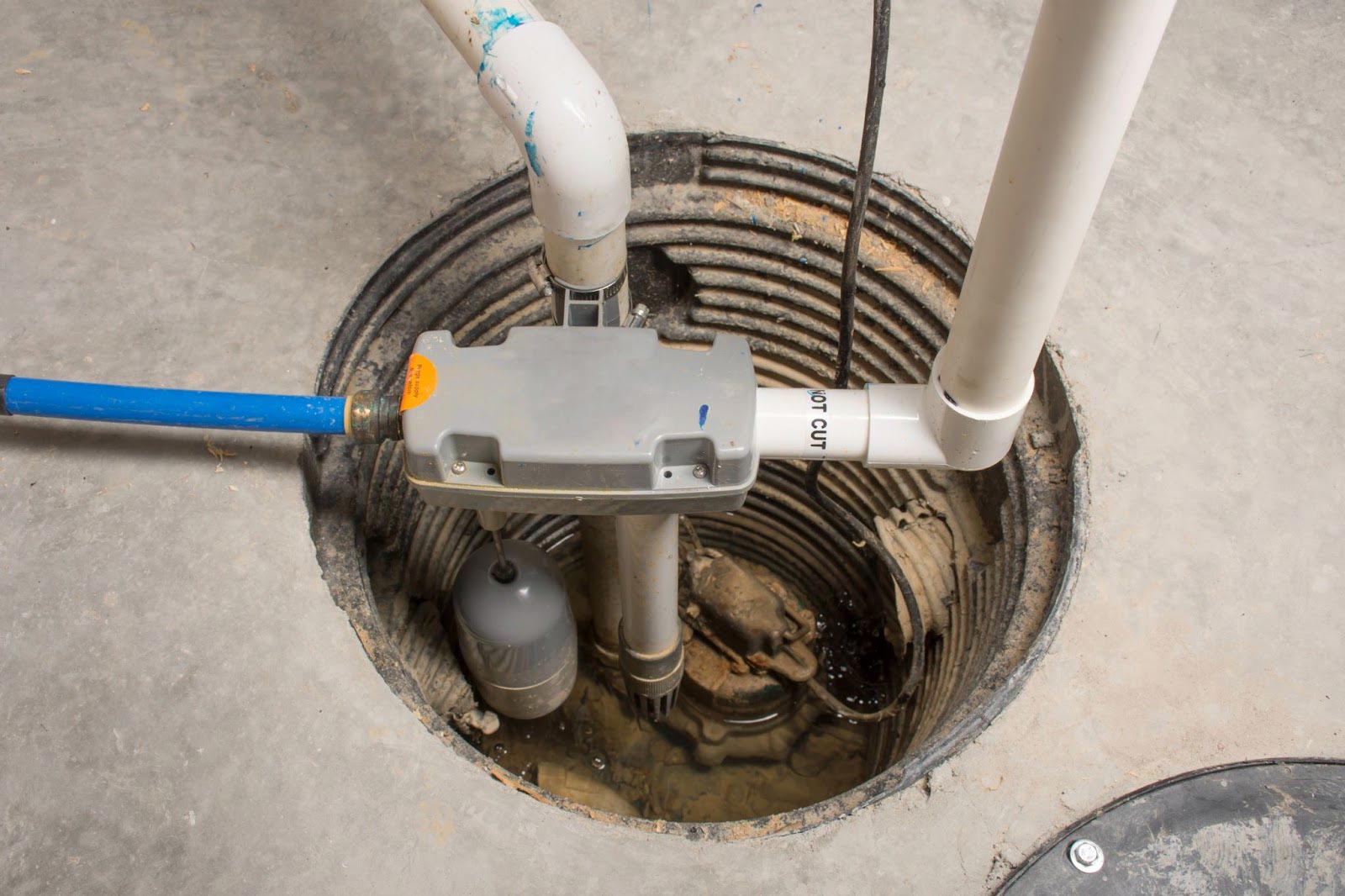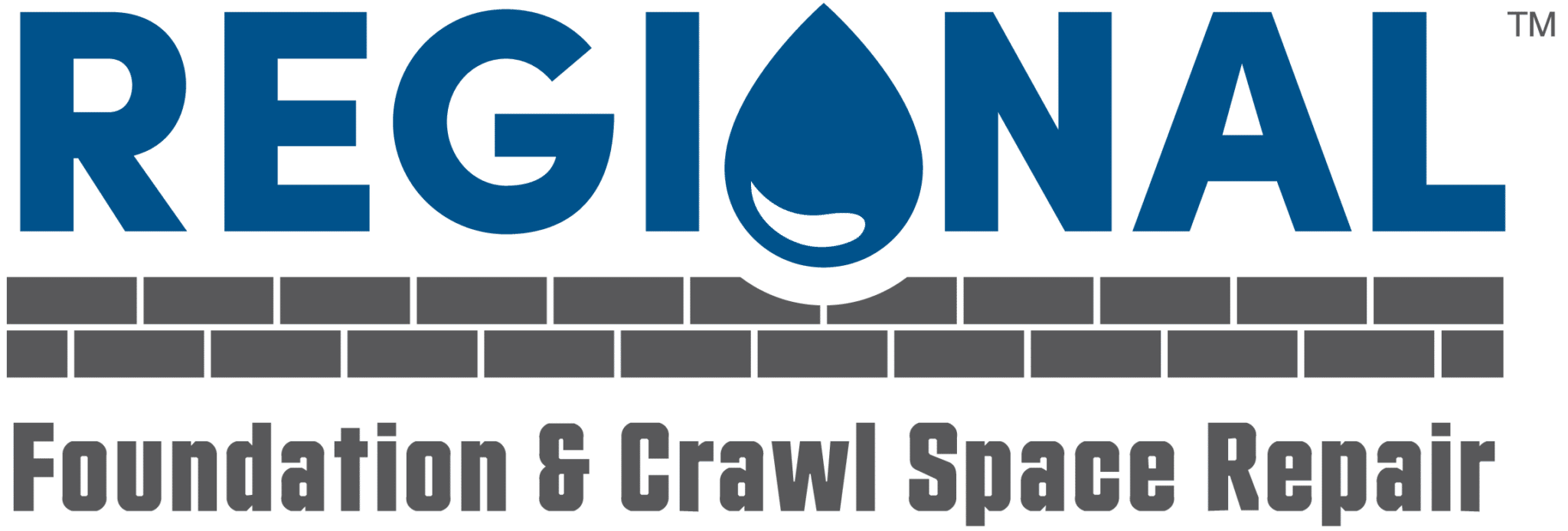As many homeowners know, basements are notorious for moisture problems that can damage both your belongings and the structural integrity of your home. Fortunately, there are plenty of basement drainage solutions that can manage water in and around your foundation before it becomes a problem.
In this article, we’ll detail the components of a complete basement drainage system. While each of the elements we’ll introduce can serve some function on its own, they typically work best in conjunction with one another. Read on to learn about the primary basement drainage features and some other methods for keeping your basement dry.
Drain Tile
A drain tile system can be somewhat confusing when you first learn about it. Much of that confusion results from the names we use to refer to this basement drainage element.
First, a drain tile is not a tile at all. Instead, it is a drainage channel that includes a pitched perforated pipe embedded in gravel. The gravel and the perforation allow water to seep into the pipe, where it can flow away from your home.
There are two types of drain tile systems: interior and exterior. Exterior drain tiles lie below the ground at the exterior base of your foundation, and collect both surface and groundwater. By contrast, interior drain tiles run along the interior of your foundation wall.
French drains, curtain drains, and exterior drain tile are all incredibly similar to one another, which is why we’re mentioning them all in this section. Whatever you choose to call them, however, the most important thing to remember is that a drain tile system is nothing more than trenches designed to convey water away from your basement.
Floor Drains

Some houses also come equipped with floor drains that the builder installed in the basement during construction. Floor drains include a grate that collects water and allows it to fall into a pipe that runs below your basement floor. Similar to the pipes present in drain tile, this floor drain pipe will have a slight pitch to allow water to flow away from your house.
Sump Pump

Many of the most effective basement drainage systems will also include a sump pump. The main function of this feature is to actively pump water up and out of your basement.
Typically, sump pumps work with other drainage components, like floor drains or a drain tile system. In such systems, the pipes from these drains will lead to the sump pump’s sump pit, which is nothing more than a reservoir that holds the water while it waits to be pumped out.
Once water has entered the sump pit, the sump pump will pump it up another pipe that leads out into your yard. Provided that this pipe reaches far enough away from your home, the water will not have an opportunity to re-enter your basement.
Why are Drainage Systems So Necessary for Basements?
The reason why drainage systems are so essential to basements is that basements are inherently moist spaces. That moisture arises from the fact that basements are underground and both groundwater and surface water outside your home can flow toward your basement.
When an excessive amount of moisture accumulates–whether as standing water, humidity, or condensation–several issues are likely to follow. For instance, moisture in your basement can damage the belongings you store there. It can also degrade the materials that comprise the foundation itself.
Additionally, moist basements encourage the growth of mold and mildew. Both mold and mildew create an unhealthy living environment that is especially troublesome to those with asthma. These accumulations can also have a negative effect on porous materials like concrete and mortar.
Ultimately, if you allow water to enter your basement, you risk compromising your stored items, your foundation, and your health. As such, finding a drainage system that works for you is an excellent preventative measure against basement water damage.
Other Ways to Deal with Basement Moisture
Having a complete basement drainage system is one of the most effective ways to manage water in your basement. However, there are other viable methods you can use to address this common issue. Some of the best ways to deal with basement moisture include the following:
- Dehumidification: If the source of your basement moisture problem is related to high humidity, then a dehumidification system can help you greatly. Dehumidifiers will allow you to set your basement to the ideal relative humidity range.
- Downspout extensions: When your downspouts deposit water directly next to your foundation, it is more likely that it will leak in. Installing downspout extensions and keeping your gutters clean can prevent this cause of basement moisture.
- Exterior grading: Make sure that the ground surrounding your home has a distinct slope away from your foundation. Any flat ground or slope towards your home gives stormwater a better chance of getting in.
- Waterproofing: One of the surest ways to keep water out of your basement is via basement waterproofing. This service essentially provides a complete seal between the inside of your basement and any water that’s on the outside trying to get in.
Clearly, there are plenty of options for dealing with water and moisture in your basement. While each one has inherent benefits, the best way to choose the ideal one for your home is to seek the advice of a foundation professional.
Need Help with Drainage System Installation or Repair?
For those living in Eastern North Carolina, Regional Foundation & Crawl Space Repair is ready to help you resolve any basement waterproofing concerns you may have. Our team has the skills necessary to install an effective basement drainage system that will last for years. If you’d like to learn more about what we can offer, reach out for a free estimate today!

